Couture for Your Home
Unbridled creativity returns to fashion and design
The recent conclusion of the Paris haute couture week marks the latest stop on the fashion week circuit. Amidst the usual air-kisses and catwalk extravaganzas, fashionistas and stylists are noticing something unexpected: the resurgence of creativity.
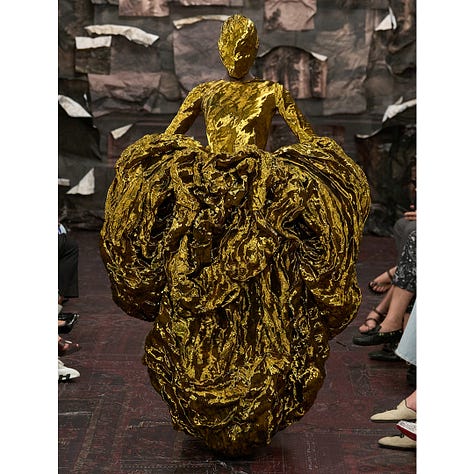

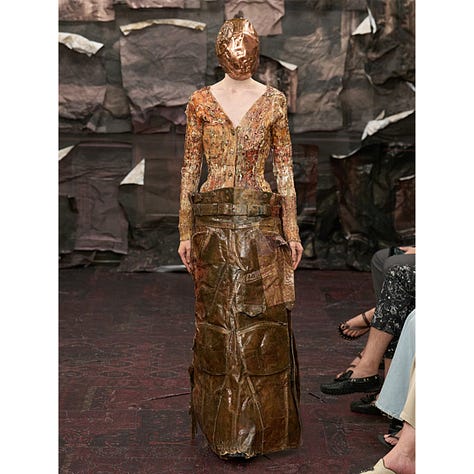

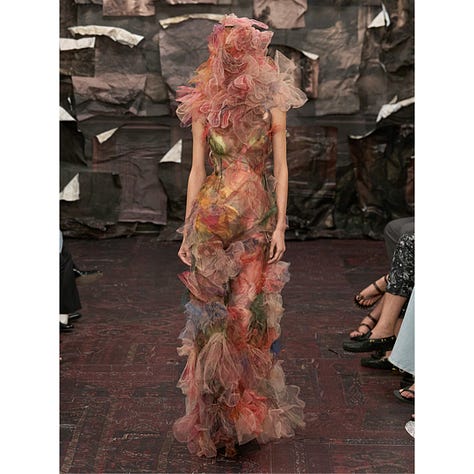

The debut of Glenn Martins at Maison Margiela was the highlight of the couture shows in Paris. Waves of organza, leather and jacquards, much of which came from thrift stores, were manipulated and meshed together to create shapely collages, worn by models wearing masks embellished with fragments of jewellery. His looks heralded a new vision of opulence, as if religious icons from medieval churches had been brought to life in a seedy Parisian club.

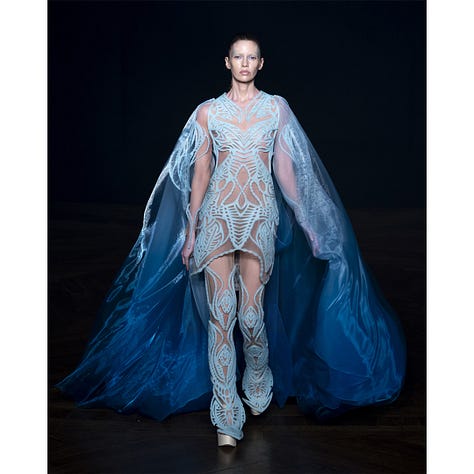
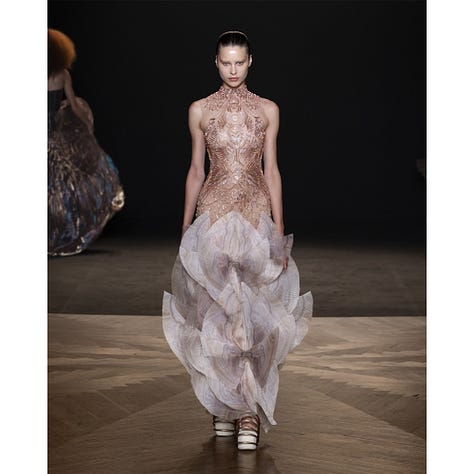
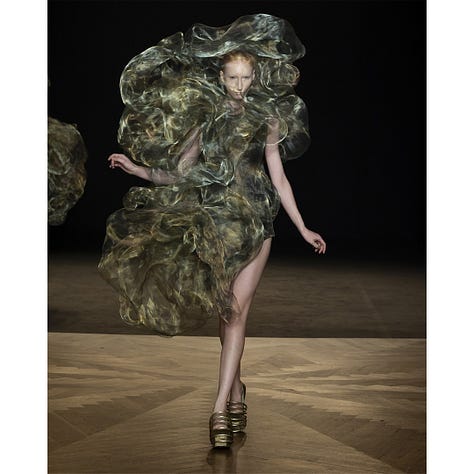


Iris van Herpen, equal parts tech-driven innovator and couture artist, made dresses with bioluminescent algae that glow eerily in the dark. Other looks are inspired by jellyfish and corals, with delicate fabrics wafting in the wind like waves in the sea. The ocean is the overriding inspiration behind this ethereal collection, an ode to the fragile interdependence between nature and technology.
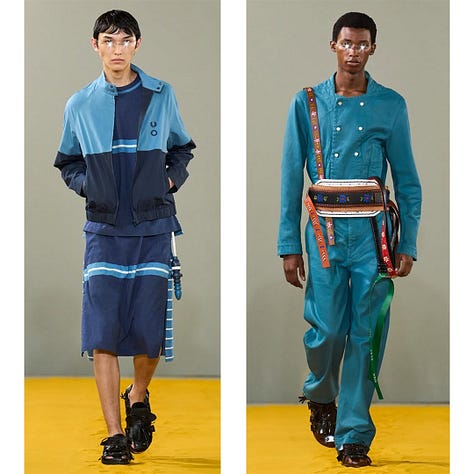
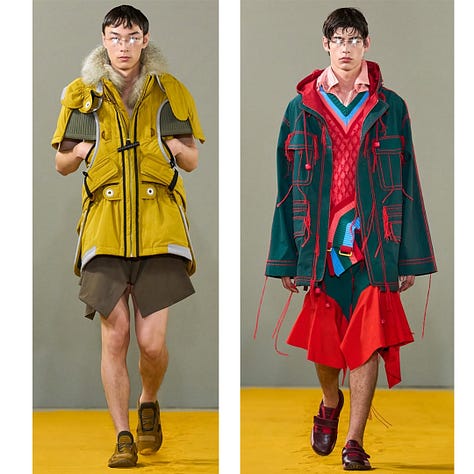
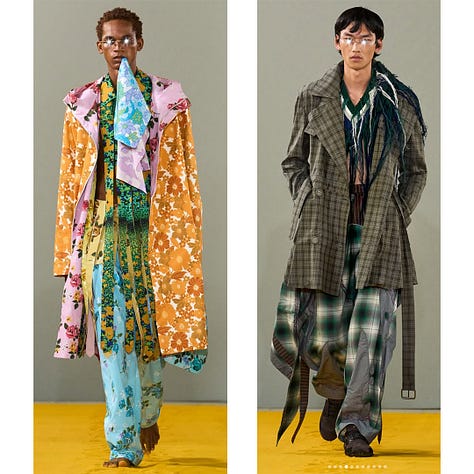


Craig Green’s Spring Summer 2026 show cemented his reputation as one of the most fearlessly creative designers working today. His collection distilled a diverse melange of inspirations (from the Beatles and old bed sheets to youth and psychedelic drugs) into deconstructed sweaters, harnesses and multi-pocketed coats which are as strange and thought-provoking as they are highly covetable and wearable.
All this breathless creativity is a far cry from collections in recent years, with big brands in particular focusing on safe trends such as logo-centric streetwear and quiet luxury looks. What is going on? Much of it is down to business. After years of growth fuelled by vertiginous price increases and insatiable demand from Chinese consumers, global demand for luxury goods has weakened significantly, driven by global geo-political uncertainties and a faltering Chinese economy. In response, the leading luxury houses have embarked on a musical chair of creative directors to refresh their design teams (Jonathan Anderson to Dior, Demna to Gucci, Matthieu Blazy to Chanel, Alessandro Michele to Valentino, Michael Rider to Celine etc). It seems that big fashion has come to the realisation that when times are tough only the most creative products will persuade hard pressed consumers to part with their cash.
Could the same be happening to the world of design? It is no secret that in recent years the contract market (furniture for the workspace, hospitality and other large commercial projects) has become an ever more important source of revenues, especially for the biggest furniture brands. This has led to a proliferation of safe designs, with emphasis on incremental iterations such as new colours and range extensions. Since the end of the pandemic, consumer spending has dried up together with government relief funds (there’s only so much home renovation you can do). The pipeline for new office projects has also slowed as the commercial real estate sector struggles with shrinking demand, now that everybody is working from their newly renovated homes. In response, just like the luxury brands, the smart money in design has been chasing the top end of the market where spending has remained robust. And, just like luxury fashion, these consumers demand products that are truly unique.
In design, unlike the past few decades when big brands with star designers like Philippe Starck and Marcel Wanders generated waves of newness, the most creative products are now coming from artisanal designers whose works straddle the boundary between art and design. These are shown not in established furniture fairs such as the Salone Mobile in Milan, but in specialist showcases such as Alcova and Design Miami as well as design galleries such as Gallery Fumi and Friedman Benda. Here are some of our favourites from this new batch of design-artists.
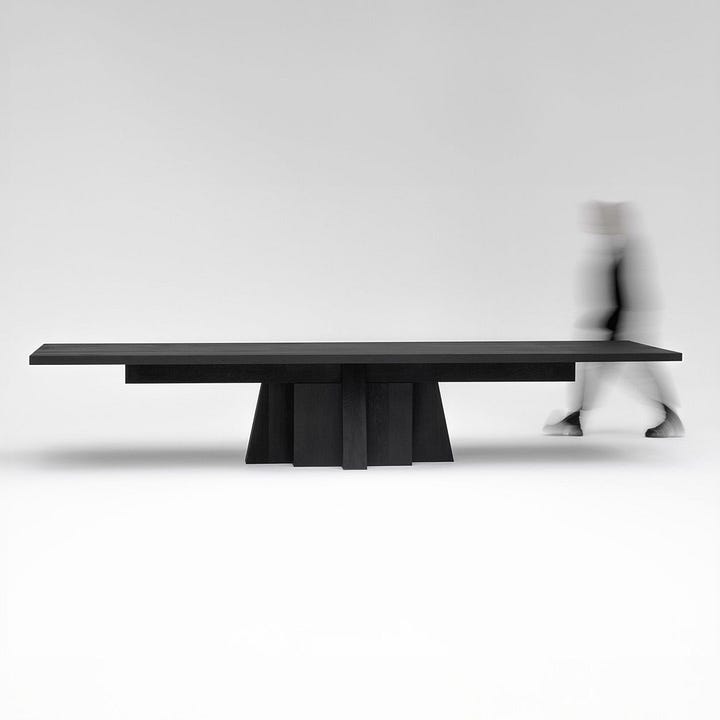
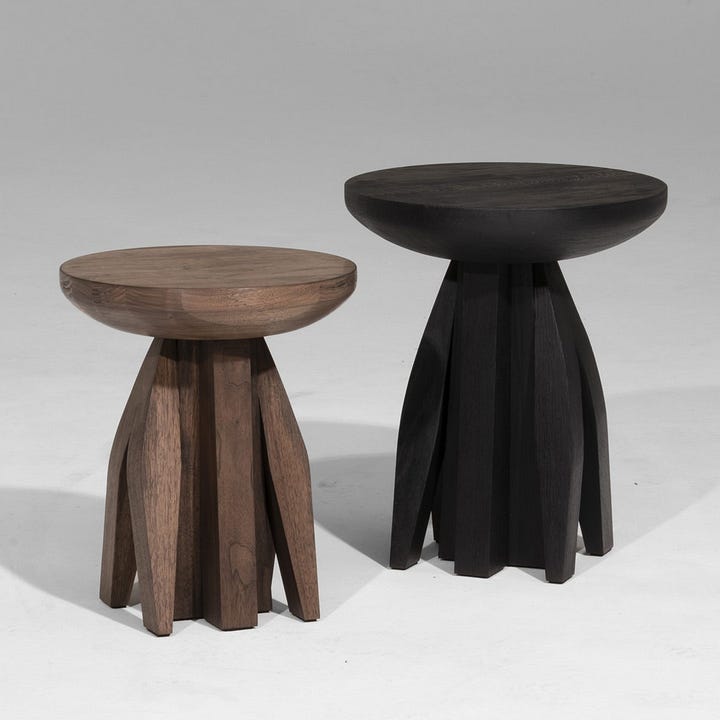

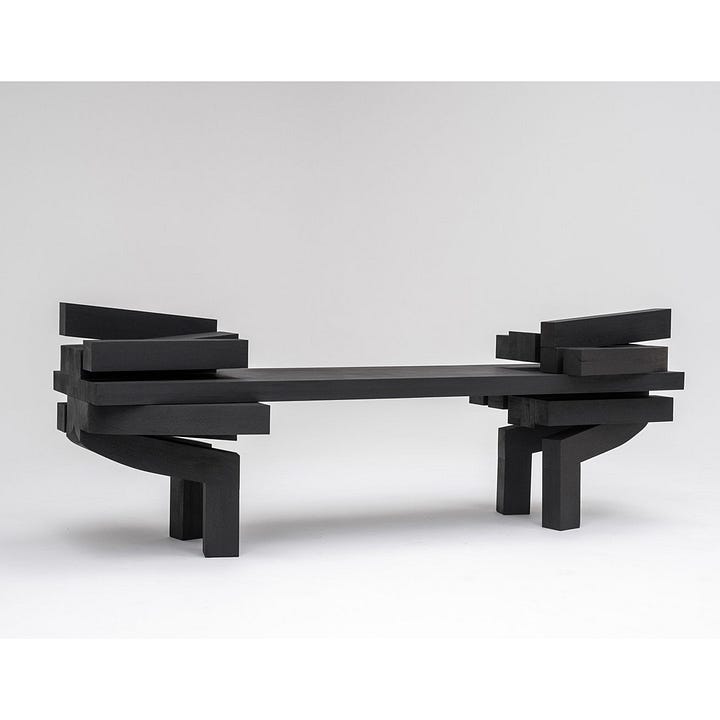
Arno Declercq is a Belgian designer influenced by bunkers, ancient art and tribal cultures, creating solid wood furniture that are minimalist yet exuberantly expressive at the same time.


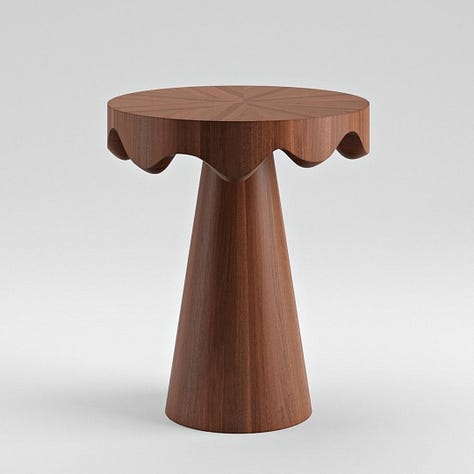
Stockholm based Studio Tooj is at the forefront of a new wave of new Scandinavian designers. Their designs, with their bold sculptural shapes and understated elegance, are a far-cry from the beige minimalism most people associate with Scandi designs.
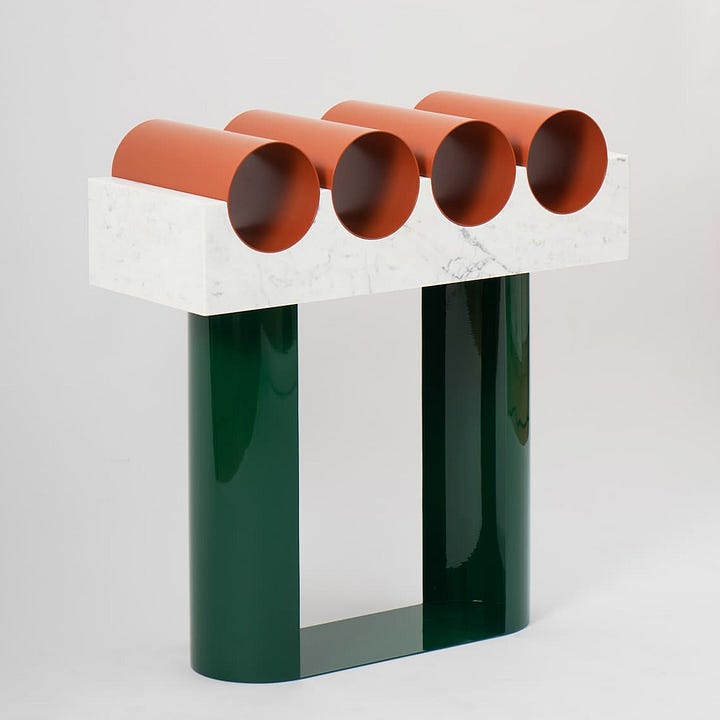



Supaform, the studio founded by the artist and designer Maxim Scherbakov, designs with a narrative-driven approach, weaving together nostalgic references with a thrillingly contemporary mix of materials and finishes.
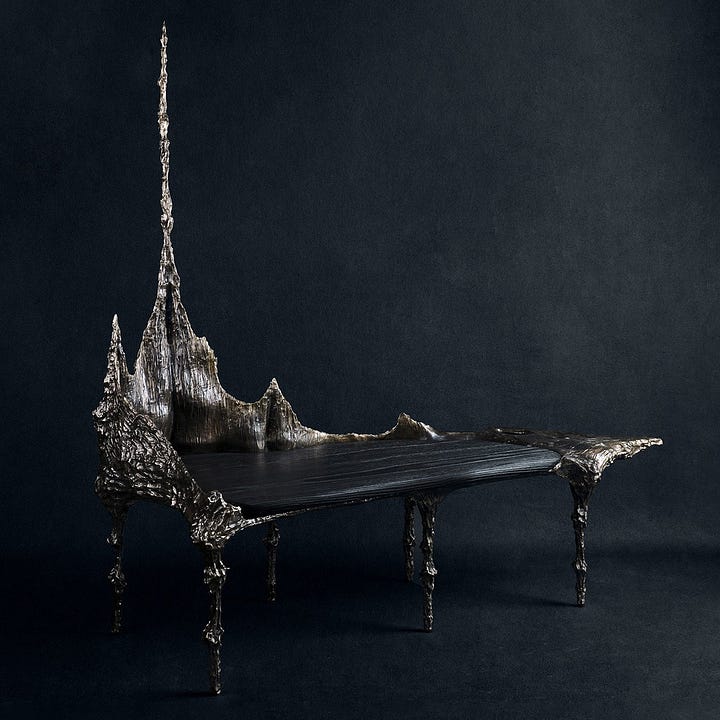

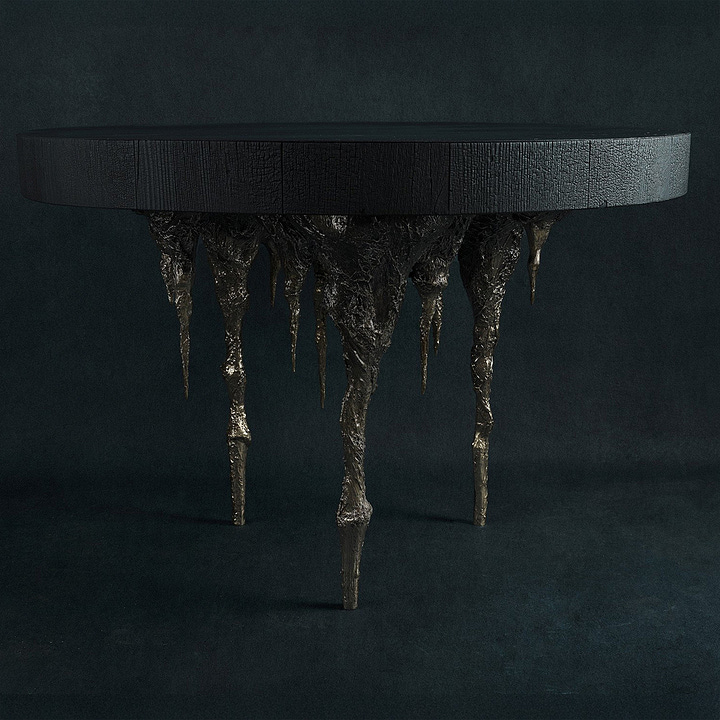
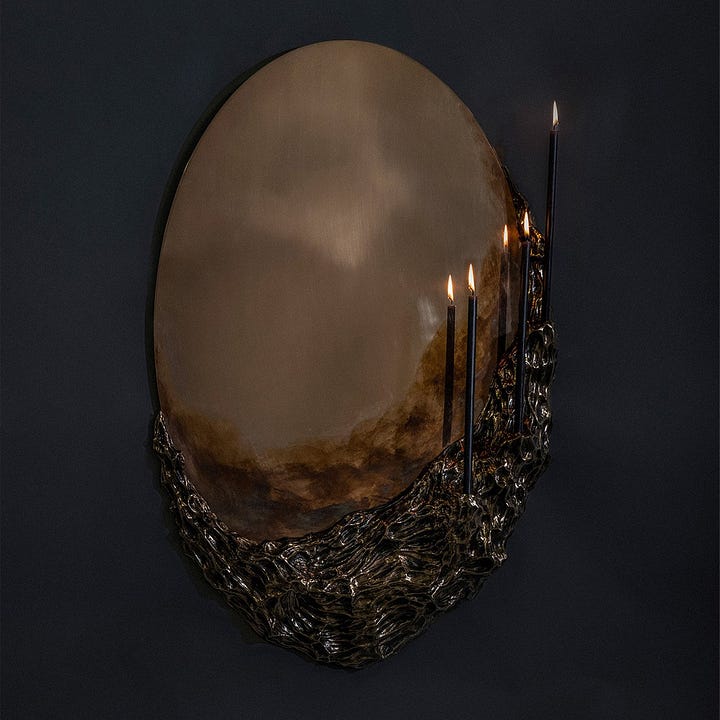
William Guillon has a romantic vision of beauty rooted in the strange and unconventional. Executed in cast bronze and hand-carved wood, his works are part romantic neo-gothic and part Aliens meet Game of Thrones, a highly distinctive aesthetic that is sure to start conversations.
Most of these design-artists work to commission and many are represented by design galleries. Prices can be high, but then most custom-made Italian design furniture aren’t exactly cheap either. At least here you are guaranteed something truly creative and unique and which, with the wind behind the sails, could even become collectible in the years to come.
For more super creative designs come visit us at www.do-shop.com.



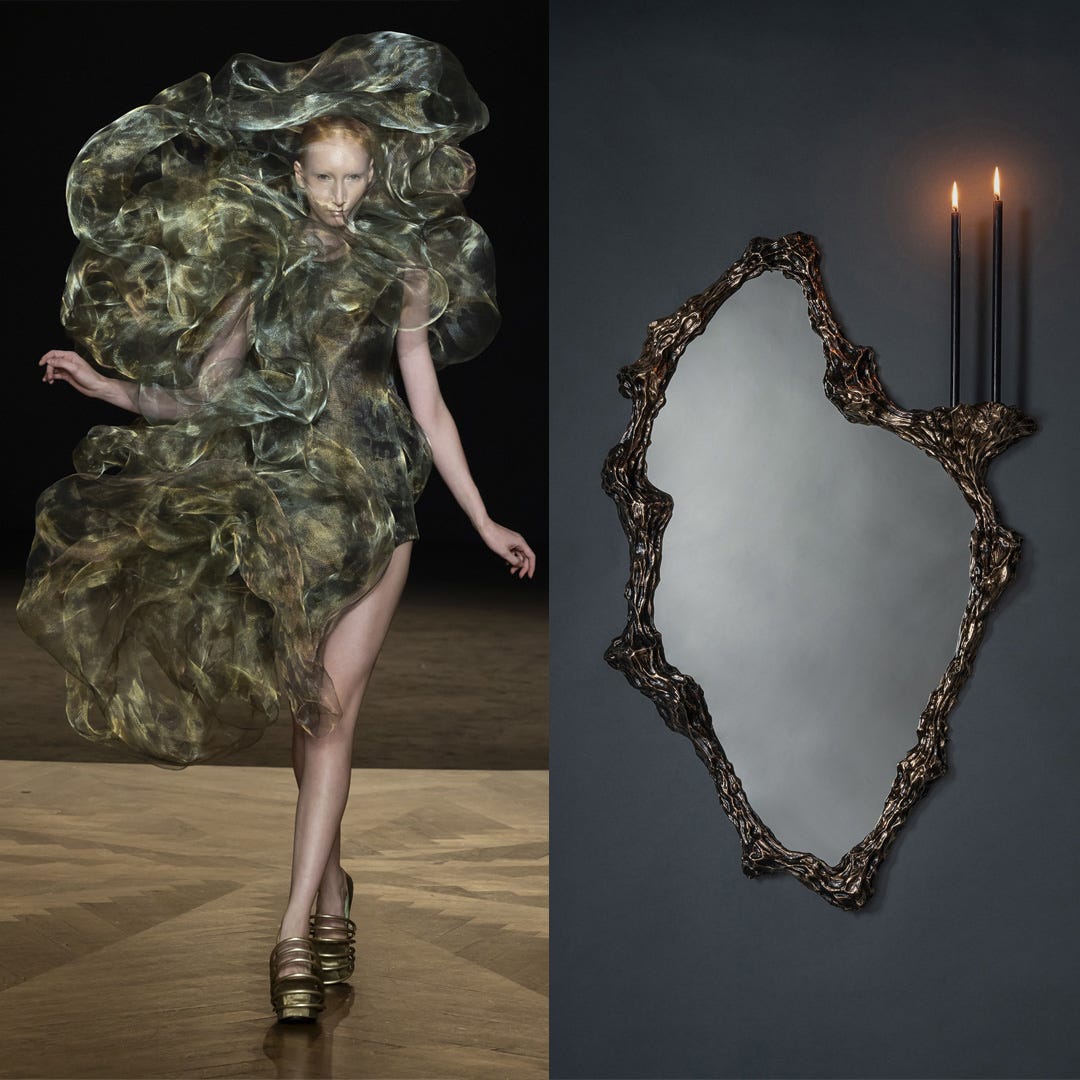
Uniqueness comes at a price which in many cases it is worth paying ... 😊